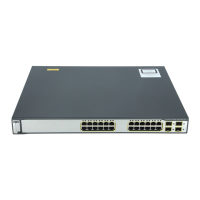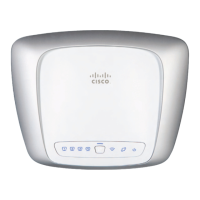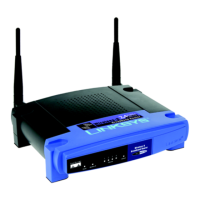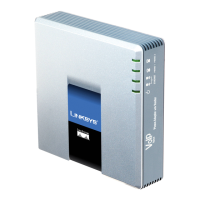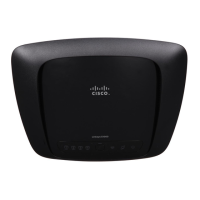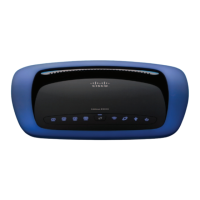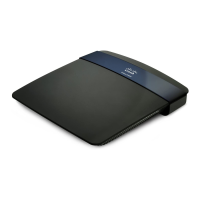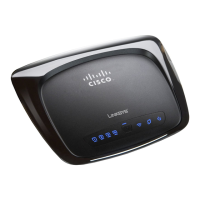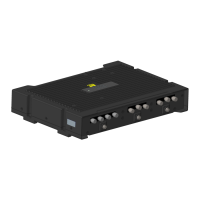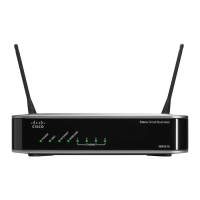3-13
Cisco 860 Series, Cisco 880 Series, and Cisco 890 Series Integrated Services Routers Hardware Installation Guide
OL-16193-03
Chapter 3 Connecting the Router
Connecting a Data BRI Port
Figure 3-12 Antenna connected to the 3G Card
Step 7 Clean the flat surface to which you will affix the antenna.
Step 8 Remove the protective tape from the adhesive on the bottom of the antenna cradle, then firmly press the
cradle to the flat surface.
Connecting a Data BRI Port
You can connect the Data BRI port to the ISDN service provider as a backup link to the WAN port in
case the primary xDSL (general term referring to various forms of DSL, including global industry
standard symmetrical high-speed DSL [G.SHDSL]) WAN service fails. The Data BRI connection is not
available on the third-generation (3G) models.
The cabling requirements for the ISDN S/T connection are as follows:
• You must provide two unshielded Category 5 cables. The first cable connects the NT1 box to the
splitter, and the second cable connects the splitter to the wall jack.
• There are RJ-45 connectors at both ends of the default orange ISDN S/T cable. However, an
RJ-45–to–RJ-11 ISDN S/T cable is available upon request if the wall jack at the site requires an
RJ-11 connector. Contact your router reseller for the appropriate cable.
Caution Both LAN and WAN ports use RJ-45 connectors. Use caution when connecting cables to these
connectors. To avoid damage to the router, do not connect telephone-network voltage (TNV) circuits
(such as ISDN or DSL circuits) to safety extra-low voltage (SELV) circuits (such as LAN circuits).
1 Antenna on a cradle 3 Antenna connector receptacle
1
1. In HSPA cards, the antenna connector receptacle is located on the right side of the 3G card.
2 Antenna connector
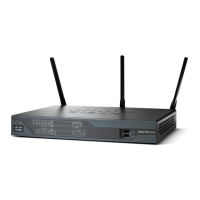
